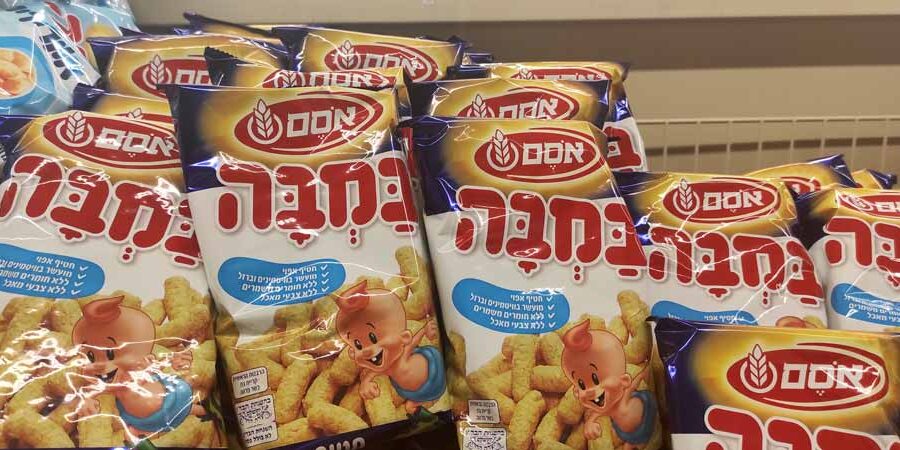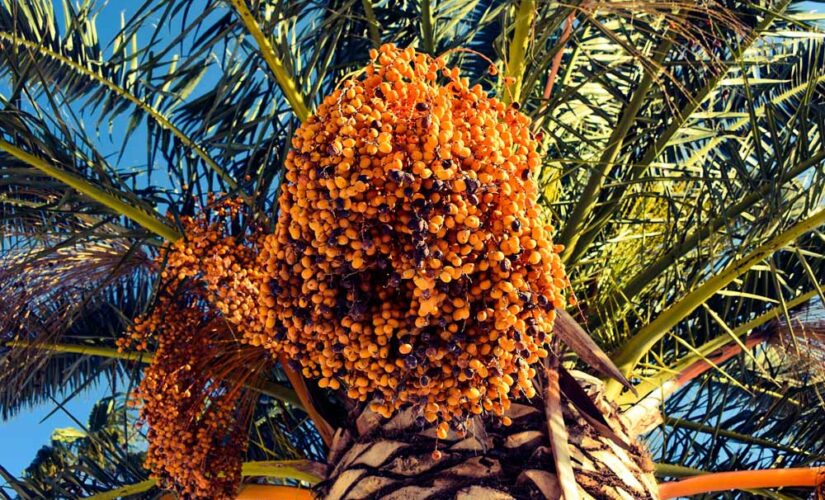Yes, the fall colors in the US and Canada are lovely...until it gets really cold…
#36 Bamba

While the rest of the world discovers the advantages of feeding Bamba to kids, Israel continues to develop new and more varied Bamba treats.
Bamba is a snack made of peanut-butter-flavored puffed maize manufactured by the Osem corporation in Kiryat Gat, Israel. Bamba is one of the leading snack foods produced and sold in Israel. It has been marketed since 1964 with no decline in sales. Bamba makes up 25% of the Israeli snack market.
Similar products from other domestic manufacturers include “Parpar” (Literally “Butterfly”, Telma, since 2000 a subsidiary of Unilever) and “Shush” (Strauss-Elite). Osem named the snack “Bamba” because it sounded like baby talk. Bamba is made from peanut-butter-flavored puffed maize. Bamba contains no preservatives or food coloring, is enriched with several vitamins, and contains high amounts of fat and salt. The energy content is 160 calories per 28 grams. Bamba is certified kosher by Badatz Jerusalem. The Washington Post describes it as “Cheez Doodles without the cheese.”
As Bamba is made with peanuts, people allergic to peanuts may be severely affected by it. However early peanut consumption is associated with a lower prevalence of peanut allergy. In fact, a 2008 study concluded that, due to the extensive consumption of Bamba by infants in Israel, peanut allergy is rare among Israelis. A control group of Jewish children in the UK had ten times higher rates of allergy; the difference is not accounted for by differences in atopy, social class, genetic background, or peanut allergenicity. The later Learning Early About Peanut Study (LEAP) also showed that high-risk children who were given softened sticks of Bamba in early life had a lower rate of peanut allergy later in life. Children who were exposed to peanuts through Bamba showed an 81% reduction in peanut allergy prevalence. Medical specialists in the United States speculate that the case of Bamba consumption in Israel, with the early introduction of peanut in diets, offers lessons for reducing rates of peanut allergy among children.



